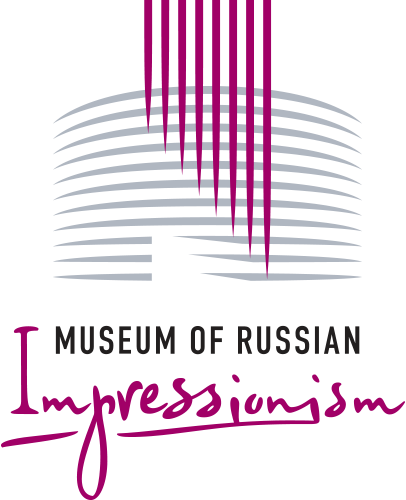Seekers of Art
21 April - 29 August
The Museum of Russian Impressionism’s first project for this anniversary year will be the exhibition ‘Seekers of Art’, which shows how dedicated collectors amassed and preserved works of museum importance during the years of thaw and stagnation. From 21 April to 29 August 2021 the exhibition will present more than 70 works of Russian and Soviet modernism by artists of the first third of the 20th century — from Konstantin Korovin and Alexandre Benois to Vladimir Tatlin and Kazimir Malevich. The KGallery in St. Petersburg will act as exhibition partner.
Little has been said about how Soviet citizens kept masterpieces of paining, graphics and sculpture in their apartments, and the topic is seldom discussed. The museum will tell the stories of fourteen collectors from Moscow and Leningrad and their finds, many of which are still rarely shown to the general public.
Visitors can see works by World of Art painters Boris Kustodiev and Konstantin Somov, the Blue Rose Symbolists Pavel Kuznetsov and Nikolai Sapunov, and Moscow Cézannists from the Jack of Diamonds group Robert Falk, Ilya Mashkov and Aristarkh Lentulov. Also on show is original primitivist art by Niko Pirosmani from the collection of Igor Sanovich; painting and graphics by Boris Grigoriev from the collection of Nikolai Timofeev, and works by Vasily Kandinsky and Alexei Yavlensky from the collection of our contemporary Valery Dudakov.
Important Russian artworks were preserved largely due to collectors like film director Solomon Shuster, simultaneous interpreter Alexei Stychkin, doctors Alexander Myasnikov and Aram Abramyan and the eminent diplomat Vladmir Semenov. From the 1950s to 1980s works by modernist artists were publicly condemned and excluded from the permanent displays of state museums. Collectors sought and obtained art by persecuted masters under threat of arrest under the article ‘Speculation’, risking not only their funds and property, but also their freedom. Nowadays many of these works are sold at auctions for record sums.
For the heroes of the exhibition the replenishment of their collections was an attempt to form their own world, an alternative to Soviet reality. Usually these collectors’ apartments in Stalinka and Khrushchyovka buildings became veritable islands of culture and art. Agrophysicist Abram Chudnovsky had more than 200 works by Robert Falk, Pavel Kuznetsov, Kuzma Petrov-Vodkin, Marc Chagall and other masters in his home. In the communal flat inhabited by mechanical engineer Iosif Ezrakh literally every centimetre was occupied by works of art; likewise physicist Ilya Paleev spent his life surrounded by the canvasses of famous artists.
“I started collecting paintings in 1953 to commemorate the death of Stalin,” recalled Soviet economist Yakov Rubinstein, meaning that before then collecting was just too dangerous. The historian Sigizmund Valk and petrochemist Igor Afanasiev lived under constant fear of confiscated collections and repeated arrests. But the ‘collecting virus’ proved overpowering, and the collections continued to grow.
In Soviet times it was possible to legally purchase works of art in second-hand shops working on commission. Before making new acquisitions available to the public, the commission shop staff often arranged ‘private viewing’ for a select circle of customers who also had access to the best items. At the same time avant-garde works could not be accepted on commission due to censorship restrictions and were only available to a narrow clique of collectors acquainted with the artists, their friends and heirs.
Works presented at the exhibition still belong to the descendants of these collectors or to contemporary collectors. A separate section of the exhibition is dedicated to each collection; paintings and graphic works will be complemented by portraits of the collectors in comic-book style by artist Maria Ponomareva, as well as essays on each collector by writer and art critic Sofia Bagdasarova.
The exhibition is designed in the style of a crime drama to reflect how this hunt for artworks closely resembled a detective story. An important part of the project is a series of photographs by chronicler of the late Soviet period Igor Palmin: this helps us make a virtual journey to the past, as we remember or try to perceive the atmosphere of those years.
Exhibition curator — Anastasia Vinokurova, leading specialist of the exhibition department at the Museum of Russian Impressionism.



